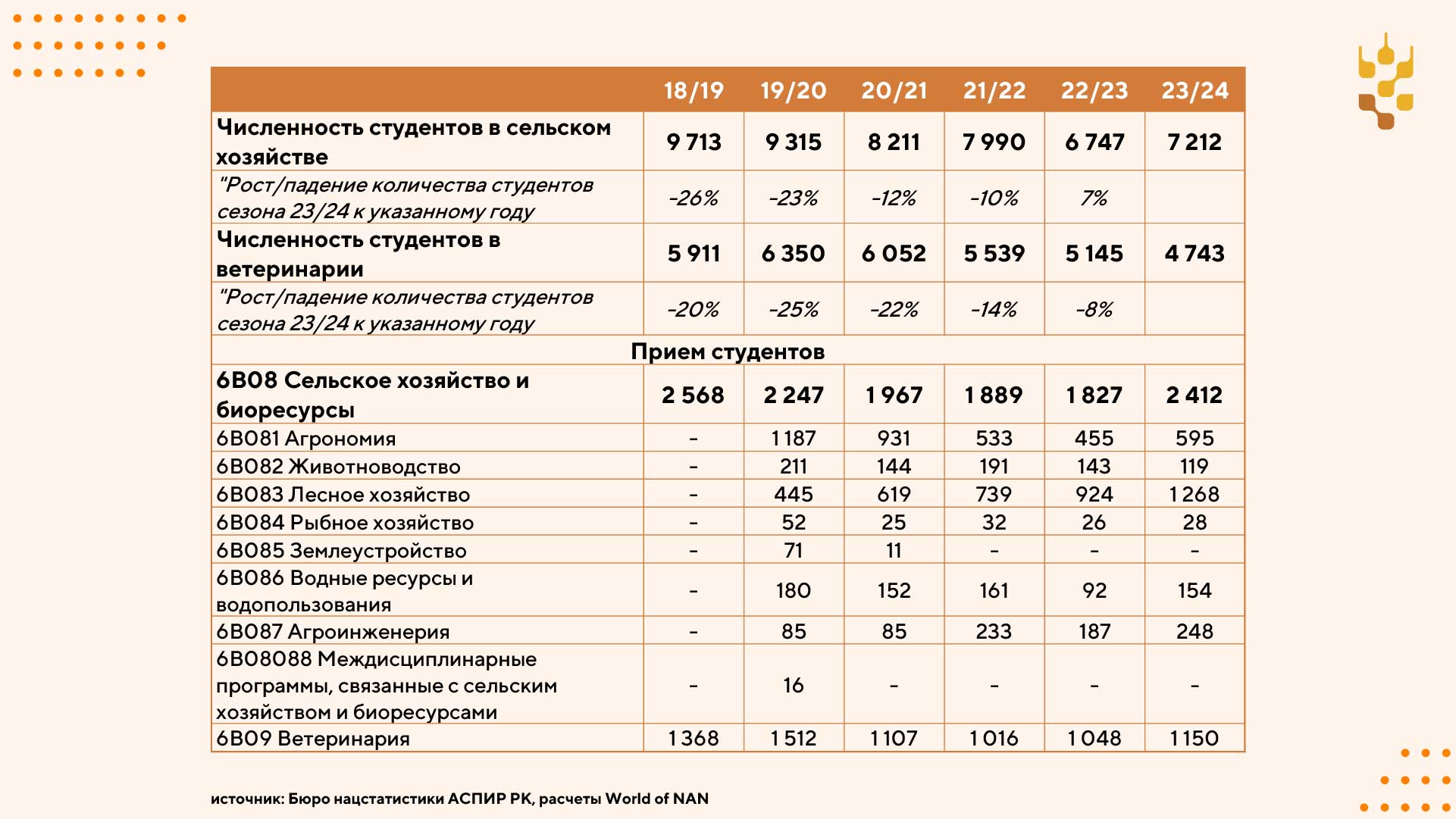
Recently, new statistics on higher education were published. The analyst of the World of NAN editorial board decided to look at the situation with higher education in agriculture.
According to the latest data, the number of students enrolled in "Agriculture and Bioresources" is 7,212 for this academic year.
It is interesting to note that although this figure is 7% higher than last year, it is 26% less than the figure for the academic year 2018/19. Veterinary Science, on the other hand, has 4,739 students, which is also significantly lower than the 5 year old figure of 5,911. In terms of proportion, only 2% of all students in Kazakhstan are studying in agriculture and veterinary science. This is the penultimate result: below is "National Security and Military Affairs" (0.7%), and above "Social Sciences, Journalism and Information" with a share of 3%.
It should be noted that this academic season 2412 students entered agriculture (excluding veterinary science), which is significantly higher than the average value for the previous 5 years of 2100 students per year, or 32% higher than last year. 1150 students were enrolled in veterinary science, this is slightly lower (by 5%) than the average values of the last 5 years. The situation is the same in share terms. Agriculture enrolled 1.4% of all students, while Veterinary Science enrolled only 0.67%, which is even lower than the result of National Security and Military Affairs at 0.85%.
But if we look at the segmentation, fewer and fewer students enter agriculture directly. Most of all students enroll in "Forestry", this year there were 1268 students, although 4 years ago there were only 445 students. While the agronomist studiies had 595 students against 1187 in the academic season 2019/20. In animal husbandry, the flow of new students has also almost halved in that time, from 211 to 119. On the other hand, more people started enrolling in agro-engineering (up from 85 to 248 students).
The number and proportion of students entering agriculture through state grants has grown in recent years. Five years ago, the percentage of grant students entering agriculture was 70%. This year the figure is 75%, and the previous two years 78-79%. Overall, however, 40% of this year's entering students were scholarship recipients, which, given the declining inflow of new students, suggests that agriculture's attractiveness as a specialty for tuition-paying students is low. Agriculture is second only to the traditionally well-supported category "Natural Sciences, Mathematics and Statistics" (83%) in terms of the share of grant holders.
Among individual specialties in agriculture, agroengineering has the most grant students (86%). In forestry the share of students studying at the expense of the state this year decreased to 76%. In agronomy, over the past 4 years, the percentage of grantees has dropped from 73% to 69% and the number of new students from 867 to 413. At the same time, the number of grants awarded in this specialty has decreased by 68 over the same time period. That is, the grants allocated for agronomy and animal husbandry are more than enough, there are not enough applicants. And those who study on a fee basis, most likely, just could not reach the threshold level of UNT to get a grant. In veterinary medicine, the share of grant applicants varies between 48-60%.
Смотрите больше интересных агроновостей Казахстана на нашем канале telegram,
узнавайте о важных событиях в facebook и подписывайтесь на youtube канал и instagram.




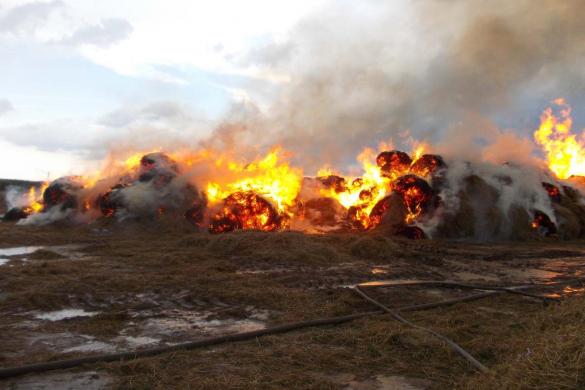
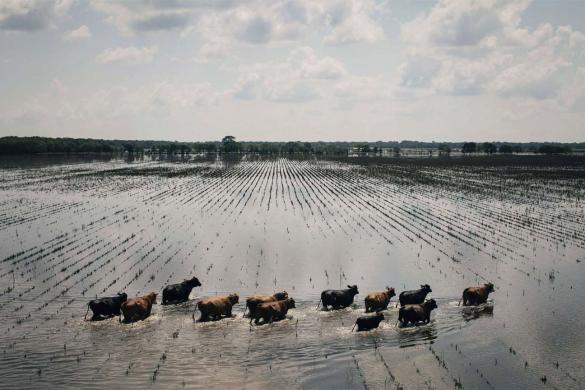








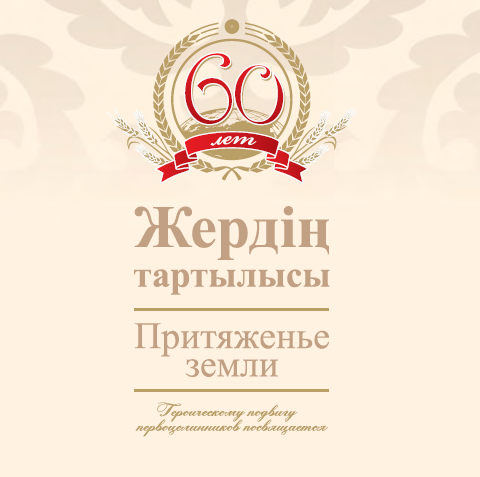
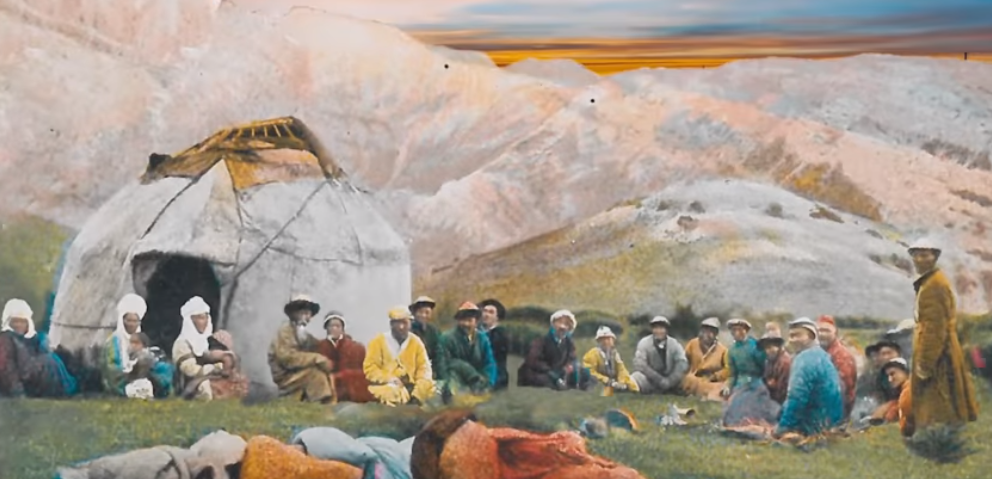

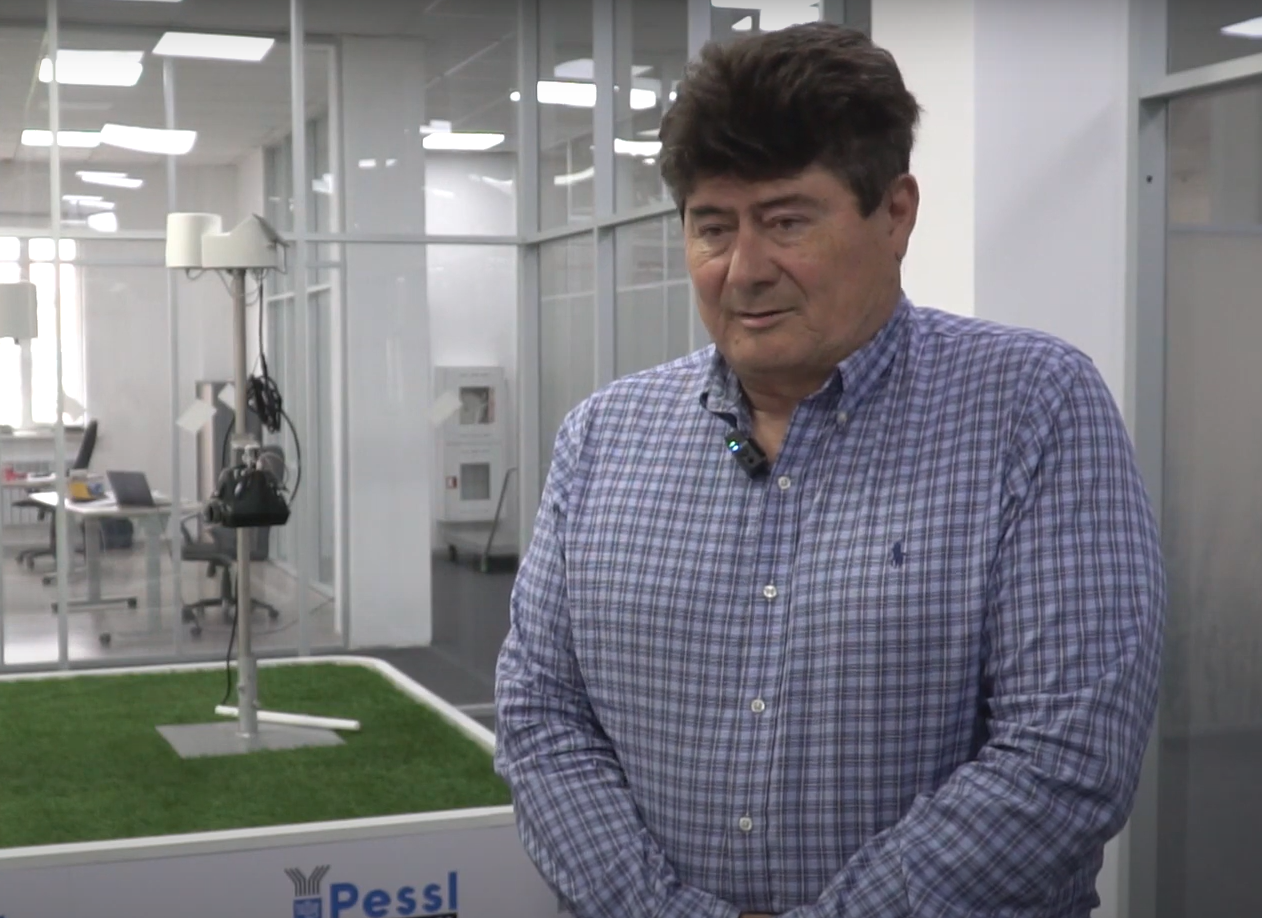
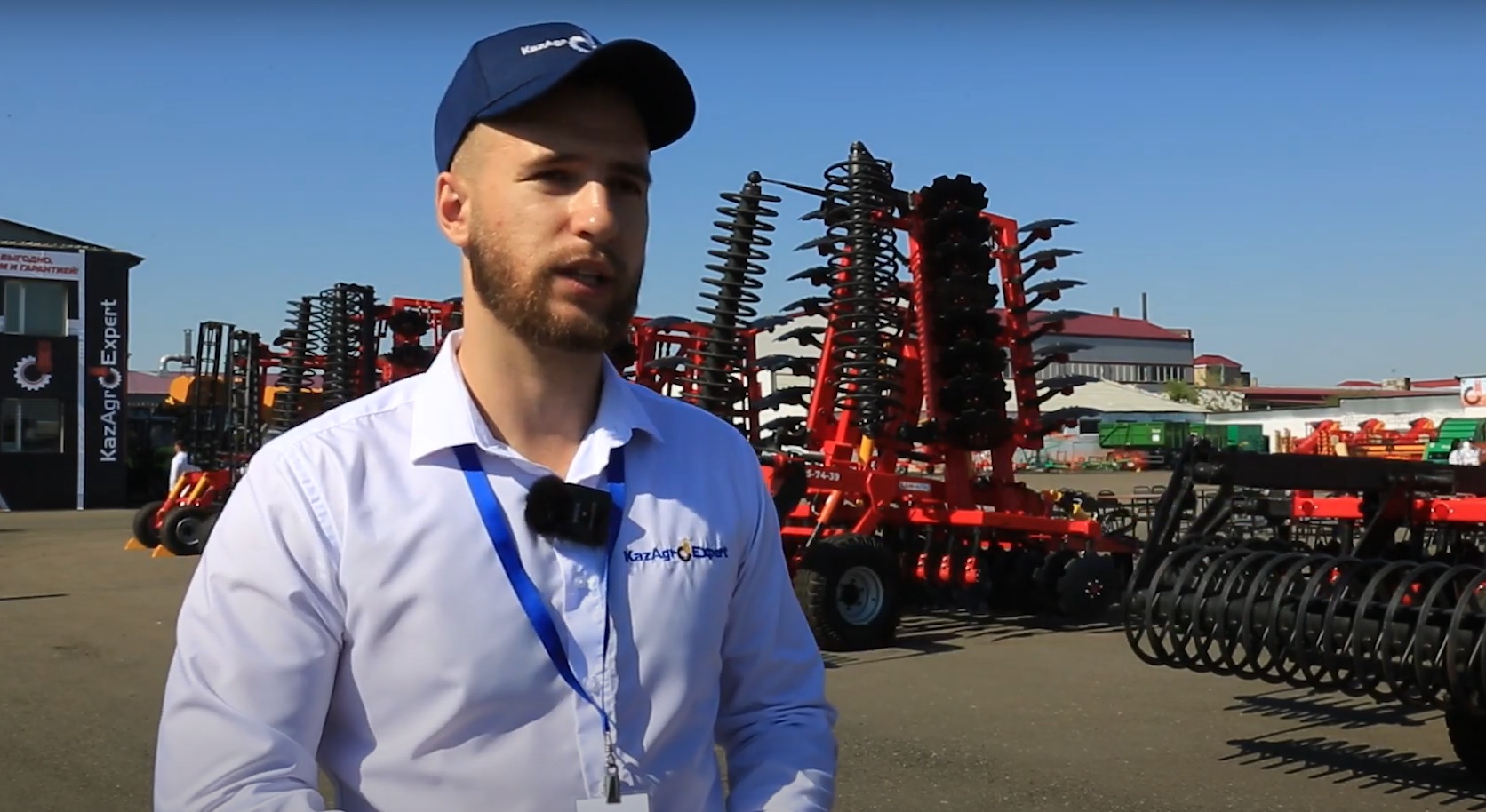


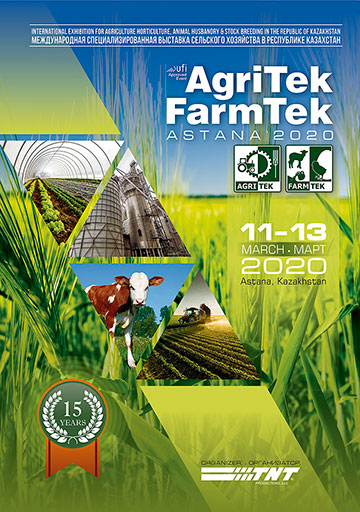


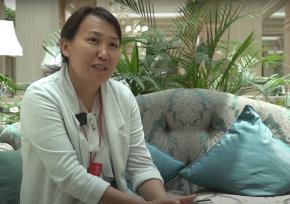
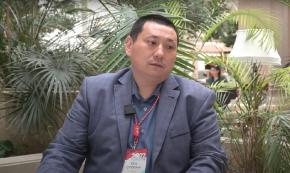
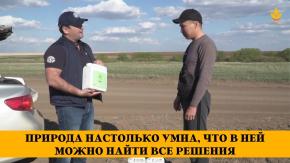

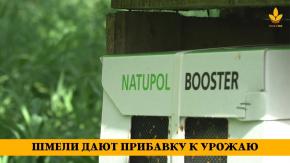



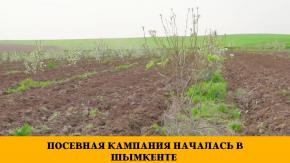


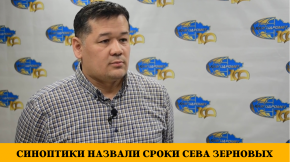



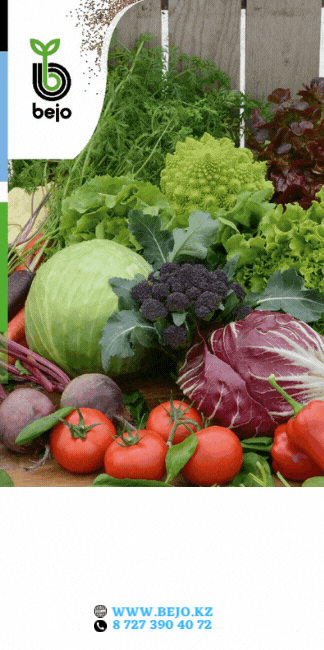

Обсуждение